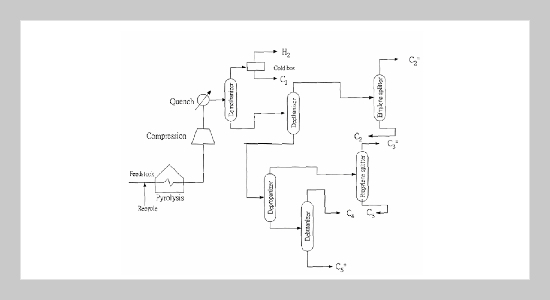Hsi-Jen Chen This email address is being protected from spambots. You need JavaScript enabled to view it.1 and Yeh-Chin Lin1 1Department of Chemical Engineering, Tamkang University Tamsui, Taiwan 251, R.O.C.
Received:
January 1, 2001
Accepted:
June 26, 2001
Publication Date:
June 26, 2001
Download Citation:
||https://doi.org/10.6180/jase.2001.4.2.04
For an existing distillation tower such as the propylene splitter in this study, the number of trays is fixed and there are very few degrees of freedom that can be manipulated to maximize operating profit; the reflux ratio can be used to influence the steady-state operating point and thus the daily profit. Also, in the debutanizer design, we have discussed the trade-offs between reflux ratios (energy costs) and annualized capital costs.ABSTRACT
Keywords:
Optimal Reflux Ratio, Propylene Splitter, Debutanizer, Petroleum Refining
REFERENCES









